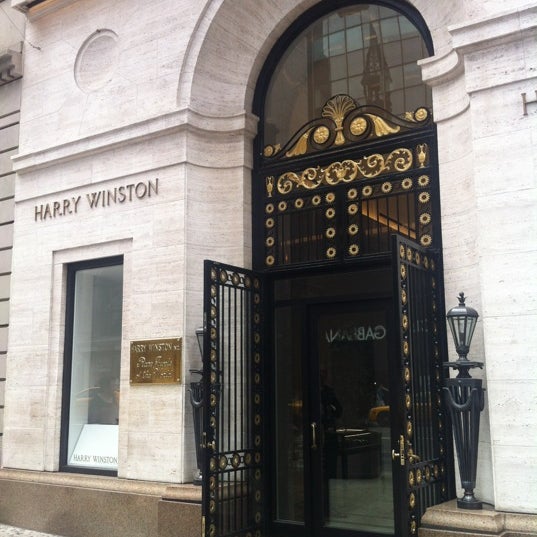

The jewels in the The New York Collection follow the same pattern. Winston’s luxurious creation resembled a holly wreath without being too literal. The shape of the leaves and berries inspired his layout of marquise, pear and round diamonds and the flexible platinum setting that is virtually hidden under the stones. Winston looked at the holiday decoration hanging on his door and recognized it as the perfect analogy for a necklace. Winston’s during the 1940s, when he conceived the holly wreath setting. The Winston design team and the master craftsmen who made The New York Collection used an approach similar to Mr. “I like to pretend the thing brings good luck,” she said, and would hang it around the neck of her Great Dane Mike to wear at parties.Kate Holmes wearing the City Lights necklace at the party in the Rainbow Room on September 20, 2018, celebrating the launch of The New York Collection by Harry Winston. A diamond fit for a Great DaneĪmerican socialite Evalyn Walsh McLean purchased the Hope Diamond in 1911, attracted, rather contrarily, by the curse. It next showed up in England and the collection of King George IV, upon whose death it was purchased by Lord Philip Hope in 1830, when it assumed its current name. Stolen from the treasury during the revolution, it disappeared for almost 40 years.

But it was during the reign of Louis XVI and Marie Antoinette that its French associations came to an abrupt end. Louis XV was next to set about remodelling the diamond, commissioning an immense and elaborate pendant known as the Order of the Golden Fleece. Recut to 67.5 carats and named the French Blue, it was hung on a piece of ribbon to be worn on ceremonial occasions. There was only one possible buyer for such a treasure: King Louis XIV. Then heart-shaped, it tipped the scales at more than 112 carats. Such matters would have likely been beyond the celebrated French gem merchant and adventurer Jean-Baptiste Tavernier when he acquired the stone in the middle of the 17th century. The result is that it glows a bright, unearthly red for some time after all visible light sources have been extinguished. It displays unusual luminescence because of the tiny impurities – in this case boron atoms – that give so-called “fancy” diamonds their much sought-after colours. Home for the Hope: visit the iconic diamond at the Smithsonian Institution in Washington DC

Over the centuries its owners have enjoyed mixed fortunes – although modern science offers an alternative explanation about why this magnificent gem has attracted a reputation for bad luck. Legend has it that the stone became known to the West only after being stolen from a temple, where it was protected by a curse. Now extinct, these were the source of several exceptional gems, including the Koh-i-Noor, part of the British Crown Jewels. There are conflicting stories about its origin, but it is most likely to have been hewn from the Golkonda mines in southern India. Today weighing 45.52 carats, the Hope Diamond is a rare wonder of nature – being not white but a magical deep blue. The best known, however, found its way into his hands already cut… and came with a long and intriguing history. Many were purchased “in the rough” and transformed into gems of legendary beauty. Harry Winston’s nickname the “King of Diamonds” is hardly surprising, given that the New York jeweller is thought to have owned at least a third of the world’s most famous stones.

Discover the fascinating history behind Harry Winston and the famous Hope Diamond


 0 kommentar(er)
0 kommentar(er)
